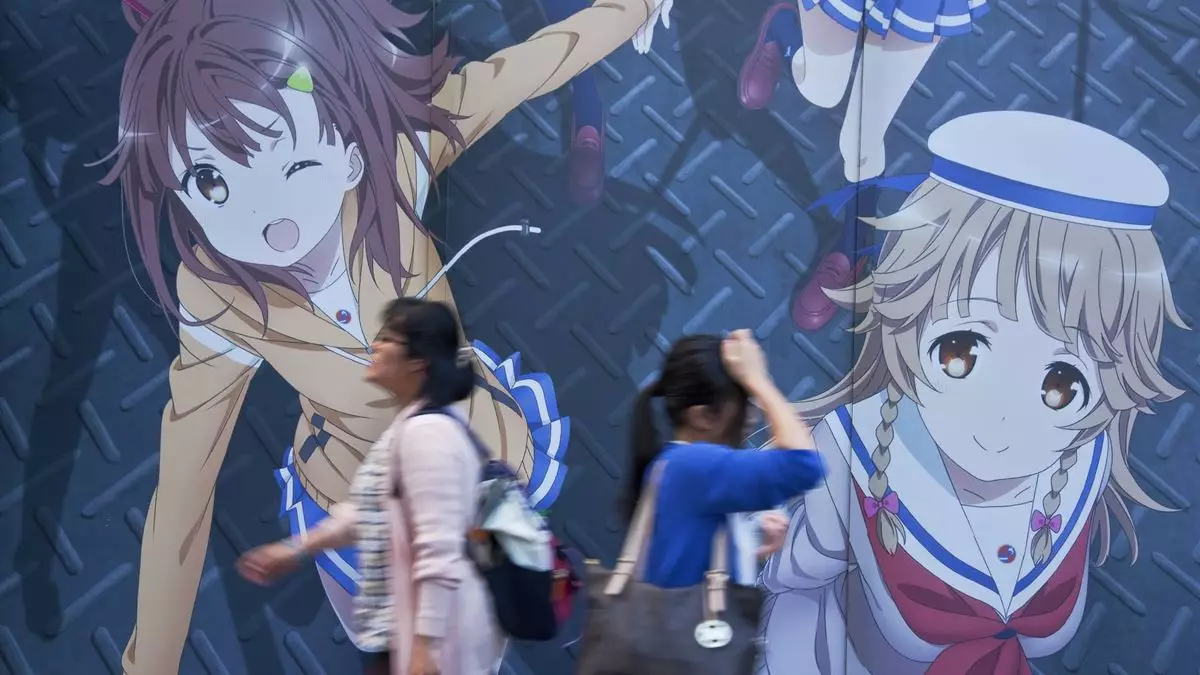In the age of social media, where trends morph at a breakneck pace, platforms like TikTok are often the breeding ground for a new wave of creativity—most of it driven by artificial intelligence. Scrolling through my own TikTok ‘For You’ page, I find myself bombarded with engaging snippets of catchy music and mesmerizing dances. Yet, nestled between these facets of popular culture is a burgeoning genre of AI-generated content that has caught my attention. Among these creations, one standout is the latest evolution in AI image generation, particularly with OpenAI’s GPT-4o model, which promises enhanced realism and stylistic diversity reminiscent of beloved animation styles like those of Studio Ghibli. This ambitious leap offers not just a visual treat but sparks a profound discussion about the intersection of technology and artistry.
The Impressive Capabilities of GPT-4o
OpenAI’s most recent advancements in AI image generation are indeed intriguing. The incorporation of features that enable the generation of intricate images, from vividly detailed photorealistic portraits to fanciful interpretations of beloved characters, brings a new level of excitement to creative pursuits. The fact that users can engage directly with the AI via chat to fine-tune their requests adds an interactive layer to the process, transforming it into a collaborative experience of sorts.
There is a jaw-dropping moment captured in one of OpenAI’s demo videos where GPT-4o generates variations of a whimsical “penguin mage,” presenting it in styles from low-poly graphics to glimmering metallic surfaces. This capacity for style consistency and versatility elevates the potential for artistic expression, expanding the horizons for creators who wish to explore various aesthetic frameworks without needing to acquire technical skills traditionally associated with art. Such developments can democratize artistic creation, with individuals previously sidelined by their inability to draw now able to visualize their ideas in stunning detail.
The Shadow Side: Copyright and Artistic Integrity
However, this technological marvel comes shrouded in serious ethical implications. The excitement surrounding GPT-4o’s capabilities is often overshadowed by fears that it may inadvertently fuel a broader devaluation of artistic expertise. Many seasoned artists view the rise of AI-generated images with justified trepidation—especially considering some companies may lean on AI outputs as a substitute for hiring human talent. This begs the question: what does it mean for creativity when AI can generate images that echo the work of living artists?
Indeed, OpenAI has touted its commitment to copyright adherence—implementing safeguards to prevent the generation of images replicating the work of established artists, yet this brings little comfort to the creative community. Hayao Miyazaki, the legendary director behind Studio Ghibli, has expressed serious concerns over AI’s intrusion into the world of art. His past statements underscore a cultural apprehension: that technologies which mimic human creativity may undermine the value of human artistry itself, treating it as mere fodder for algorithmic consumption. While the legal frameworks around copyright in the digital age are evolving, the moral implications remain an unsettling discourse that continues to challenge our understanding of innovation versus imitation.
The Social Media Phenomenon and Its Ramifications
The virality of AI-generated images on platforms like TikTok speaks volumes about societal fascination with technology. Many users are quick to share their artistic creations rendered through AI, casting a wide net of influence that could sway generational attitudes towards creativity and originality. Are we, as a society, steering towards a future where the ability to create art is relegated to our interactions with machines? While it may feel empowering to produce visuals with a few clicks, the nuances of the human touch—emotion, experience, vulnerability—may risk overshadowing the very essence of art itself.
Furthermore, as the use of AI in creative domains proliferates, the disparity between the creators and consumers of art may widen. This trend raises urgent questions about the sustainability of artistic professions. Freelancers and independent artists are already grappling with diminishing opportunities as brands seek out cheaper solutions, often compromising on quality and originality. The allure of AI-generated imagery may very well tempt businesses into adopting a predominantly transactional view of creativity, overlooking the value of genuine human expression and connection.
Charting a Path Forward
While GPT-4o and similar advancements represent exciting pathways to artistic innovation, they also demand rigorous introspection regarding our relationship with technology and creativity. How we choose to utilize these tools will dictate the trajectory of artistic culture. As users, creators, and stakeholders in the evolving landscape of creativity, we must be vigilant and foster a discourse that prioritizes ethics alongside innovation. The future of art may very well hinge on our ability to embrace the new while honoring the heritage and humanity that define its essence.
In a world where technology rapidly reshapes our interactions with creativity, let us strive for a future where AI serves as a collaborator, rather than a replacement, of the irreplaceable human spirit.

